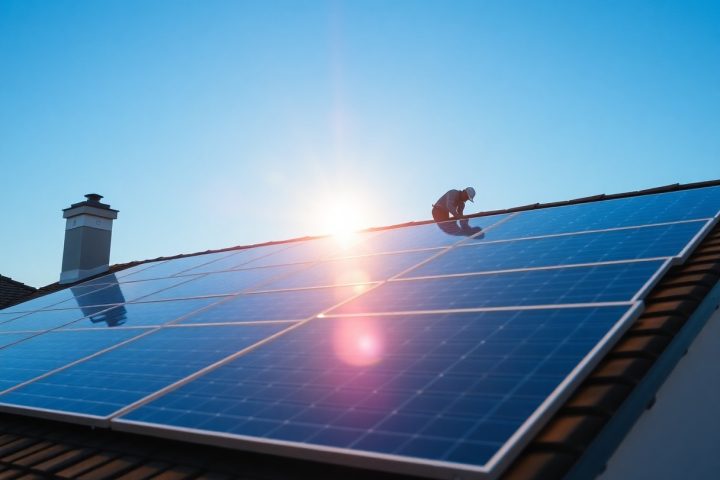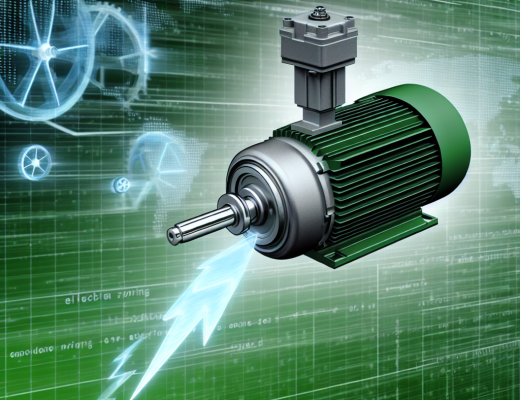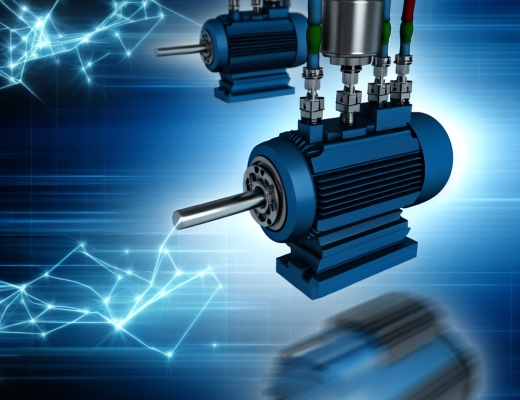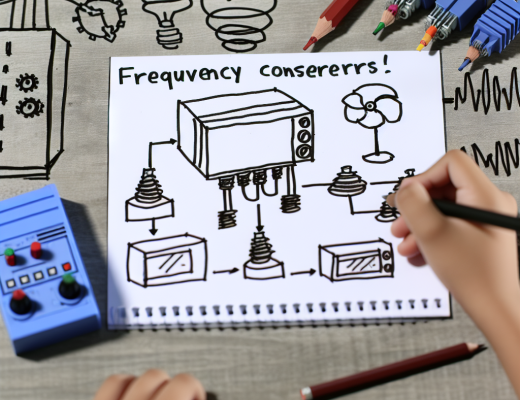You may be considering solar energy as a sustainable solution for your home, and understanding how solar panel installation works is crucial. This guide will walk you through the key steps involved in the installation process, from assessing your energy needs to making the switch to renewable energy. By exploring the technology behind solar panels and the practical steps for installation, you’ll gain the knowledge necessary to make informed decisions about harnessing solar power for your home.
Understanding Solar Energy
As you explore the potential of solar energy for homes, it’s important to grasp its fundamental principles. Solar energy is derived from the sun’s rays, which can be harnessed and converted into electricity or heat. This renewable energy source is not only sustainable, but it also offers an eco-friendly alternative to traditional fossil fuels, reducing your carbon footprint and contributing positively to the environment.
What is Solar Energy?
Any light emitted from the sun can be captured and transformed into usable energy through various technologies, primarily solar panels. These panels utilize photovoltaic cells to convert sunlight directly into electricity, making it an innovative way for you to power your home with clean energy.
Benefits of Solar Energy for Homes
After considering solar energy for your home, you may find a variety of benefits that enhance your lifestyle and financial situation. From reducing your energy bills to increasing your home’s value, the advantages of solar energy are significant and can lead to long-term savings and sustainability.
What’s more, you can enjoy energy independence by generating your own power, helping to shield you from rising electricity prices. Solar energy systems often come with maintenance support, resulting in peace of mind as you embrace renewable energy. Additionally, by choosing solar, you contribute to environmental protection, promoting cleaner air and a sustainable future for generations to come.
Types of Solar Panels
The variety of solar panels available today can suit different needs and preferences. Here are the main types you may consider for your home:
- Monocrystalline
- Polycrystalline
- Thin-Film
- Bifacial
- Building-Integrated Photovoltaics (BIPV)
Any type of solar panel you choose will significantly impact the efficiency and longevity of your solar energy system.
| Type of Solar Panel | Key Features |
|---|---|
| Monocrystalline | High efficiency, space-efficient, long lifespan |
| Polycrystalline | Lower cost, moderate efficiency, less space-efficient |
| Thin-Film | Lightweight, flexible, low efficiency |
| Bifacial | Generates energy from both sides, enhanced power output |
| BIPV | Serves dual purpose as building materials, aesthetic choices |
Monocrystalline vs. Polycrystalline
Above all, understanding the differences between monocrystalline and polycrystalline panels is important. Monocrystalline panels are made from single-crystal silicon, offering higher efficiency and a longer lifespan, while polycrystalline panels, made from multiple silicon crystals, are generally less expensive but also less efficient.
Thin-Film Solar Panels
Polycrystalline panels have their place, but thin-film solar panels present another option for your home. These panels are made by depositing a thin layer of photovoltaic material on a substrate, resulting in a lightweight and flexible design that can be integrated into various applications.
Panels can be less efficient than crystalline types, often yielding lower energy output; however, their versatility and ease of installation can make them appealing for specific uses, particularly when space is limited or unconventional installations are needed.
Assessing Your Home’s Solar Potential
Some homes are more suitable for solar energy than others. Factors such as roof orientation, shading, and local climate will influence your home’s solar potential. By evaluating these aspects, you can determine how much solar energy your home can harness, ensuring you make a well-informed decision before investing in solar panel installation.
Site Evaluation
Against the backdrop of your home’s surroundings, a site evaluation is imperative to identify any obstacles that could hinder solar energy production. Consider factors like trees, nearby buildings, and any potential obstructions that may cast shadows on your roof. By taking the time to assess these elements, you can maximize your solar energy efficiency.
Energy Consumption Analysis
Against common belief, assessing your energy consumption is as important as evaluating your site. Understanding your household’s energy usage will help you determine the right size and number of solar panels needed to offset your electricity bills. This step allows you to align your solar system’s capacity with your energy needs effectively.
Due to varying energy demands throughout the year, it is beneficial to analyze your household’s energy consumption over different months. By examining past utility bills, you can identify trends and peak usage times. This data enables you to size your solar panel system accurately, ensuring it meets your energy requirements without excess capacity, ultimately maximizing your investment in solar energy.
The Solar Panel Installation Process
Many homeowners are excited to transition to solar energy, and understanding the installation process is crucial. It typically involves several steps, starting from assessing your energy needs to the actual mounting of solar panels on your roof. This intricate process not only ensures efficiency but also maximizes your solar energy production, leading to potential savings on your energy bills.
Choosing a Solar Installer
Before you proceed with installing solar panels, it’s important to select a reputable solar installer. Look for certifications, customer reviews, and previous project completions. A qualified installer will assist you from the planning phase to ensuring that your system meets local codes and performs optimally.
Installation Steps
Before the installation begins, your chosen installer will conduct a thorough assessment of your property. This includes evaluating your roof’s condition, sunlight exposure, and optimal panel placement. Following this assessment, the installation team will schedule the installation, obtaining any necessary permits to comply with local regulations.
It’s vital to be present during the installation, as this phase involves several activities. The installation crew will securely mount the solar panels on your roof, connect the wiring, and install the inverter. The process generally takes one to three days, depending on system size and complexity. After installation, a final inspection will ensure everything operates correctly and efficiently, so you’re set to harness renewable energy effectively.
Financial Considerations
Despite the initial investment required, solar energy for homes can yield significant long-term savings on utility bills. By harnessing the power of the sun, you can reduce your dependence on traditional energy sources and hedge against rising electricity costs. Additionally, various incentives and financing options can make solar panel installation more accessible and affordable for you.
Costs of Solar Panel Installation
Among the factors influencing the costs of solar panel installation, the size of your system, the type of panels used, and local labor rates play a key role. Understanding these costs can help you assess the overall financial impact and identify potential savings over time.
Financing Options and Incentives
To ease the financial burden, many financing options and incentives are available, such as tax credits, rebates, and solar loans. By exploring these alternatives, you can make the transition to solar energy much more manageable and cost-effective.
Considering these incentives, federal and state tax credits can dramatically decrease your upfront costs. For example, the federal solar tax credit allows you to deduct a significant percentage of your solar system costs from your federal taxes. Additionally, local utility companies often offer rebates or net metering programs, allowing you to earn credits for excess energy your system generates. Various financing solutions, such as solar leases and power purchase agreements (PPAs), also provide flexible payment options, ensuring you can invest in renewable energy without straining your budget.
Maintenance and Performance Monitoring
Now that your solar panels are installed, it’s crucial to focus on their maintenance and performance monitoring. Regular upkeep of your system ensures that you get the most out of your investment, while ongoing monitoring allows you to track energy production and address any issues promptly. By being proactive in these areas, you will maximize the efficiency and lifespan of your solar energy system.
Upkeep of Solar Panels
After the installation, the upkeep of your solar panels is relatively straightforward. You should keep the panels clean and free from debris, as dirt and dust can reduce their efficiency. Regular inspection for any physical damage, like cracks or loose connections, also helps maintain optimal performance. In most cases, a simple rinse with water will suffice to keep your panels looking their best.
Monitoring Energy Production
One of the most effective ways to ensure your solar panels are performing well is by monitoring energy production. Tracking how much energy your system generates can help you identify any drops in efficiency and address them quickly. By using a solar monitoring system, you can view real-time data on energy output and compare it with your energy consumption, making it easier to manage your energy needs.
Considering the financial investment you made in your solar installation, keeping an eye on energy production is important for your long-term savings. Many modern solar systems come equipped with monitoring apps that provide insights about your energy generation and usage patterns. This data not only allows you to spot any inefficiencies but also helps you understand when your system produces the most power, enabling you to optimize your energy consumption accordingly.
Conclusion
On the whole, understanding how solar panel installation works empowers you to make informed decisions about utilizing solar energy in your home. From assessing your energy needs to selecting the right system and installer, each step plays a vital role in maximizing efficiency and savings. By embracing solar energy, you contribute to a sustainable future while enjoying the benefits of reduced energy bills and increased property value. Equip yourself with knowledge and take the first step toward harnessing the power of the sun for your household energy needs.




